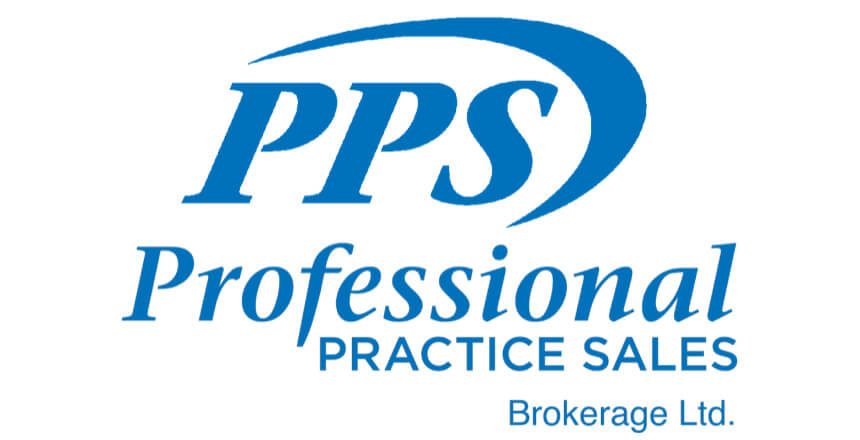
In the Canadian dental practice market, it is a fact that purchasers are looking to acquire large practices. In fact, the demand for dental practices is almost directly proportional to its size – the bigger, the better. This fact is not surprising given the cash flow needs of most dentists, and the relative comfort in knowing that a large practice has a proven ability to attract patients. The demand for the larger practices has also contributed to significant price wars and multiple bids driving prices up to all-time highs.
Unfortunately, this has also meant that demand for small practices is declining and as a result, they have been falling in value over the past few years. Obviously, the cash flow is a concern as the small practice may not provide a full-time job for a dentist meaning that he/she may still need to associate elsewhere to subsidize income needs. In addition to the lower incomes, the small practice may represent a higher level of uncertainty for the purchaser. Is it small because of management? Or, is it small because it is simply in a location which cannot attract or retain patients? The other reason for the low demand for small practices is the buyers’ overall lack of confidence that they do not have the expertise in internal or external marketing to be able to grow it to a more profitable size.
Given these concerns, we generally have dozens of offers on our larger practices, with premium offers, and sometimes the small practices don’t sell at any price.
While the high demand for large practices makes sense, we also see that a large number of smaller practices are passed up just because of their size. For some of the small practices, the location is a clear disadvantage. In the past, when patients were plentiful, you didn’t need broad visibility or exposure since patients would find you. In today’s market with intense competition, practices do need to have at least some exposure or benefit to their location (street level, exclusivity in a building, etc.). That being said, many small practices are well located, but are owned by dentists who have aged and/or are comfortable with part-time practices. For example, buyers are always disappointed by low new patient flow even if the dentist is seventy years old. How many patients will start with a seventy year old dentist?
Although dental expenses are typically predictable, the cash flow of small practices is surprisingly variable and there are areas where a dentist can improve the cash flow. In fact, just recently we listed two small practices that couldn’t be more different. One of the practices had a gross income of $310,000 and overall overhead of 80%, generating a cash flow of $62,000. Another small practice had a production of $425,000 and overhead of only 48%, generating a cash flow of $220,000 for the dentist. The first practice is situated in a strip plaza with excellent exposure and in a growing community; the practice has a relatively high rent of $5,000 per month, and high advertising costs to attract 15 new patients per month. The second much smaller practice is located on the second floor of a professional building with no exposure, and the dentist accounted for half of the total hygiene revenue, and there is no advertising expense. Which practice is better? The fact is that both practices took almost one year to sell, as both didn’t fit the eyes of today’s buyers. While the first practice has potential, the second practice had the current cash flow.
As I mentioned expenses are typically predictable and non-adjustable in the short term. For example, rent, supply costs, dues, accounting fees, telephone etc., are all not adjustable. However, there are some strategies that can improve cash flows of smaller practices, making them attractive enough to work with while they grow. While some of these strategies may not be practical or preferred, sometimes you have to do what is necessary until the practice builds. These strategies may include the following:
- Perform your own hygiene work. This may not be preferable, but in a small practice, can you afford to do nothing while paying your hygienist? Also, this will allow you to possibly develop more rapport with your patients and find more required treatment.
- Reduce staff or hours. At the outset, you don’t necessarily have to have a receptionist, assistant and hygienist, nor does your practice need to be open 6 days per week. In some cases, staff can do more than one function (i.e. reception/assistant). Also, if it is a small practice, although you want to demonstrate to new patients that the office is open, you can adjust hours by booking properly to limit staff overhead.
- Associate elsewhere. There is no point in sitting in your office for the week, working on a couple of patients per days when you can compress your schedule and pick up some associate days.
- Improve your skills. By providing more comprehensive dentistry, you may be able to expand treatment options, billings and ultimately, provide better care for your patients.
When assessing the potential of small practices, the most important factor is to determine whether you feel that this location can generate patient flow. Consider factors including: exposure, competition, anchor tenants, demographics, and population growth. If the location passes your initial test, it may mean that the former owner wasn’t trying to grow it or didn’t take advantage of the potential. If this location does make sense, you can further improve your investment return by implementing some of the cash flow strategies while you grow it.
In summary, don’t immediately discount small practices, as some are hidden gems. Do your research to determine if there is potential, and build a business plan to focus on growth and costs. You may be able to acquire these dental practices at a more reasonable price, and when they do grow, you can be assured that the patients are there because of you.

